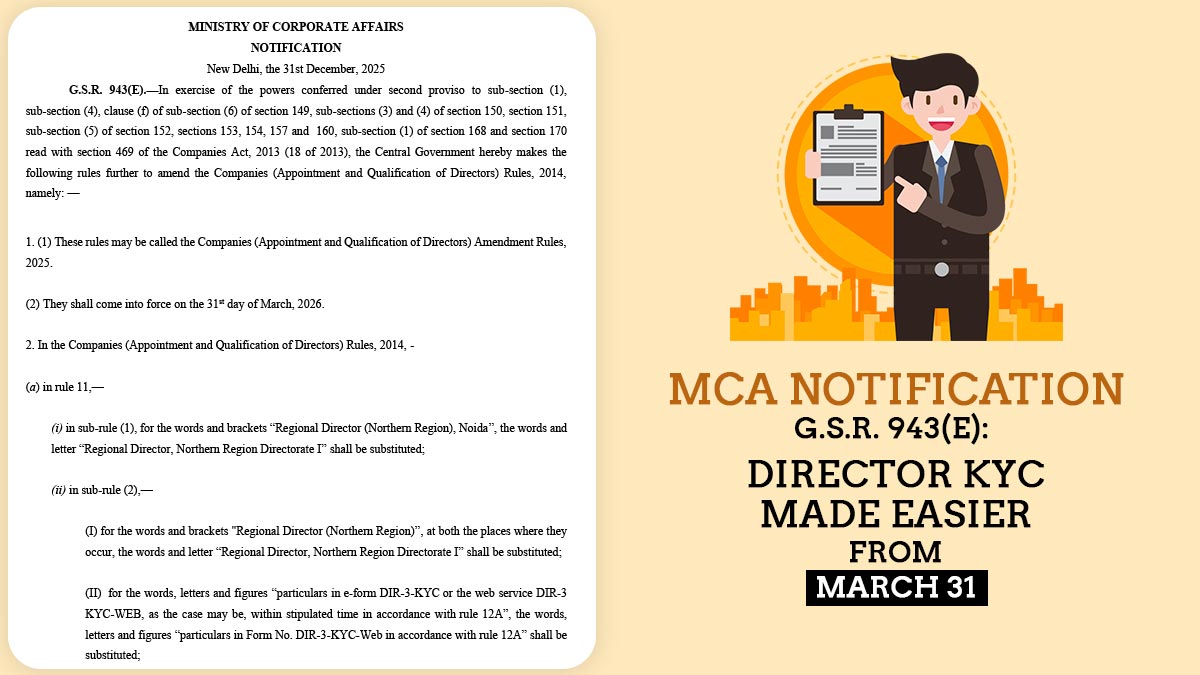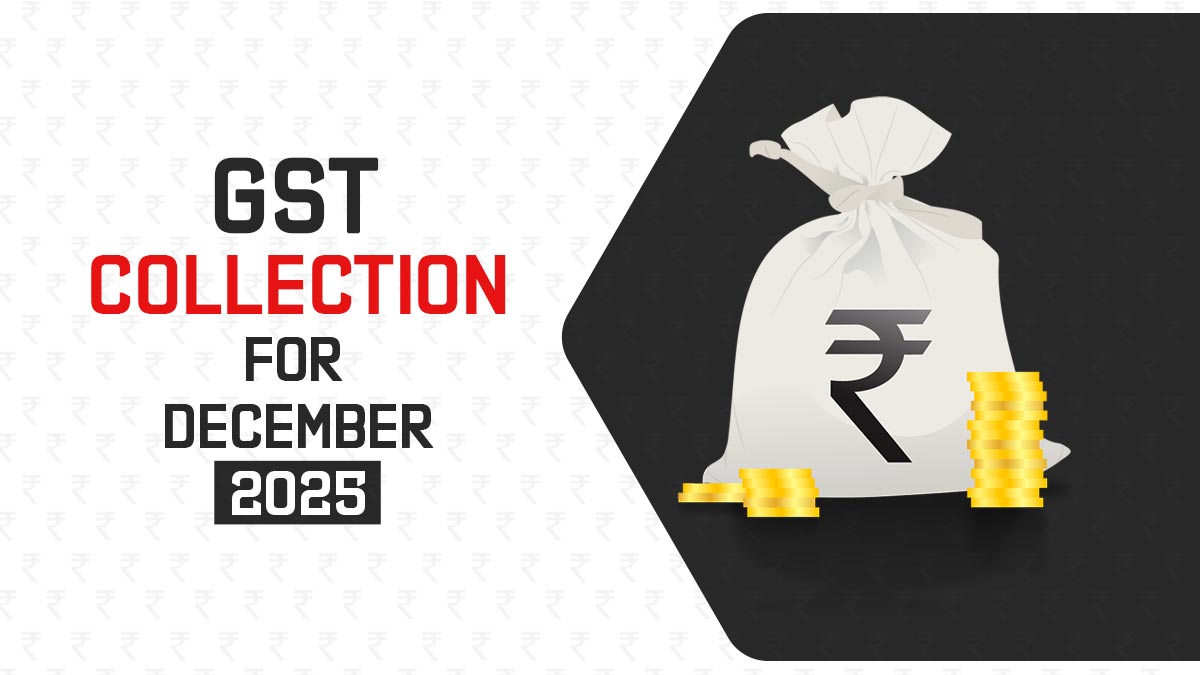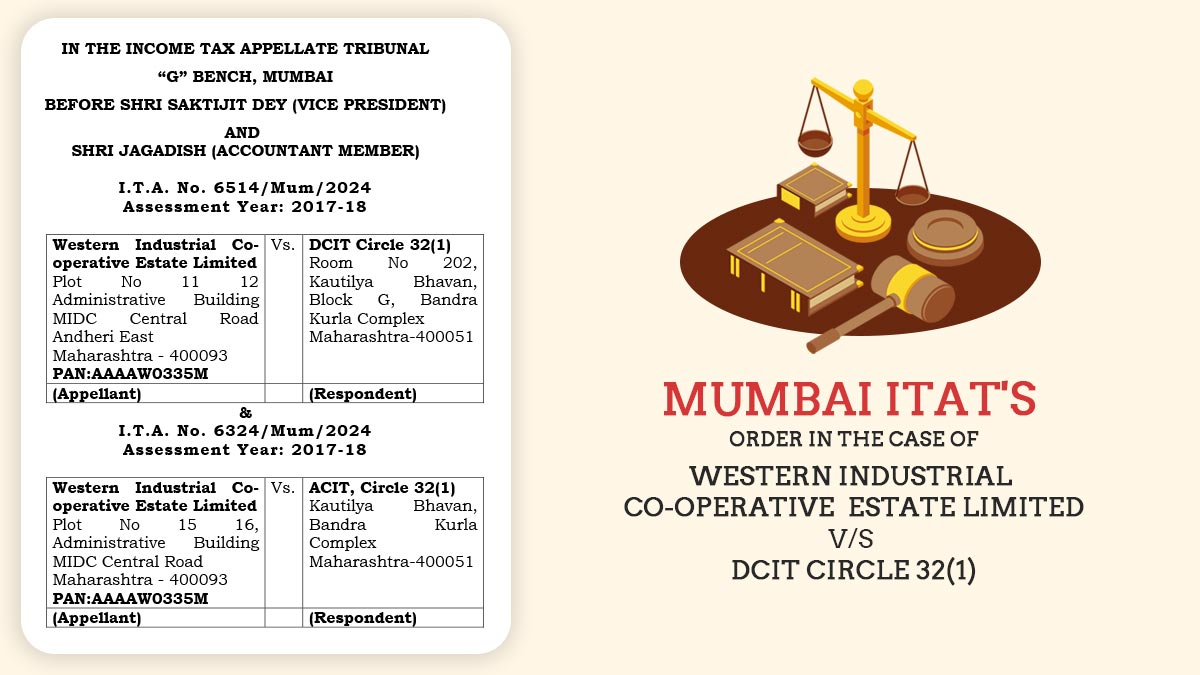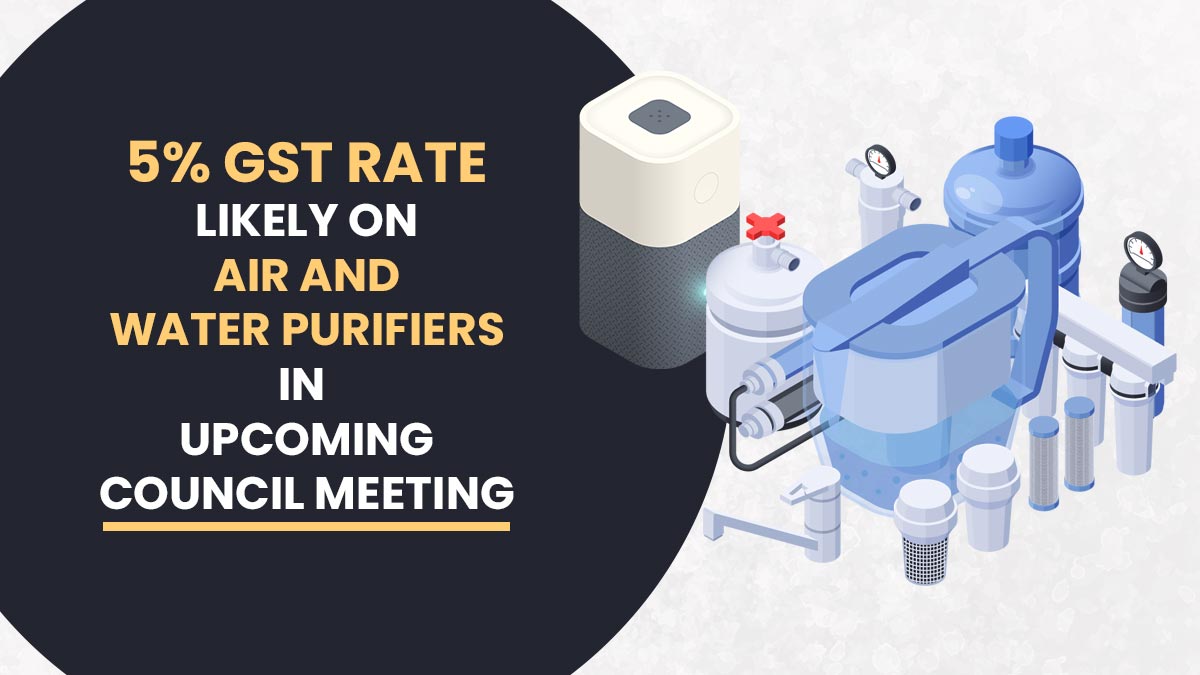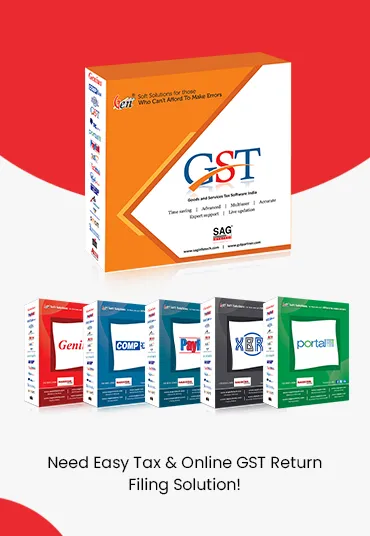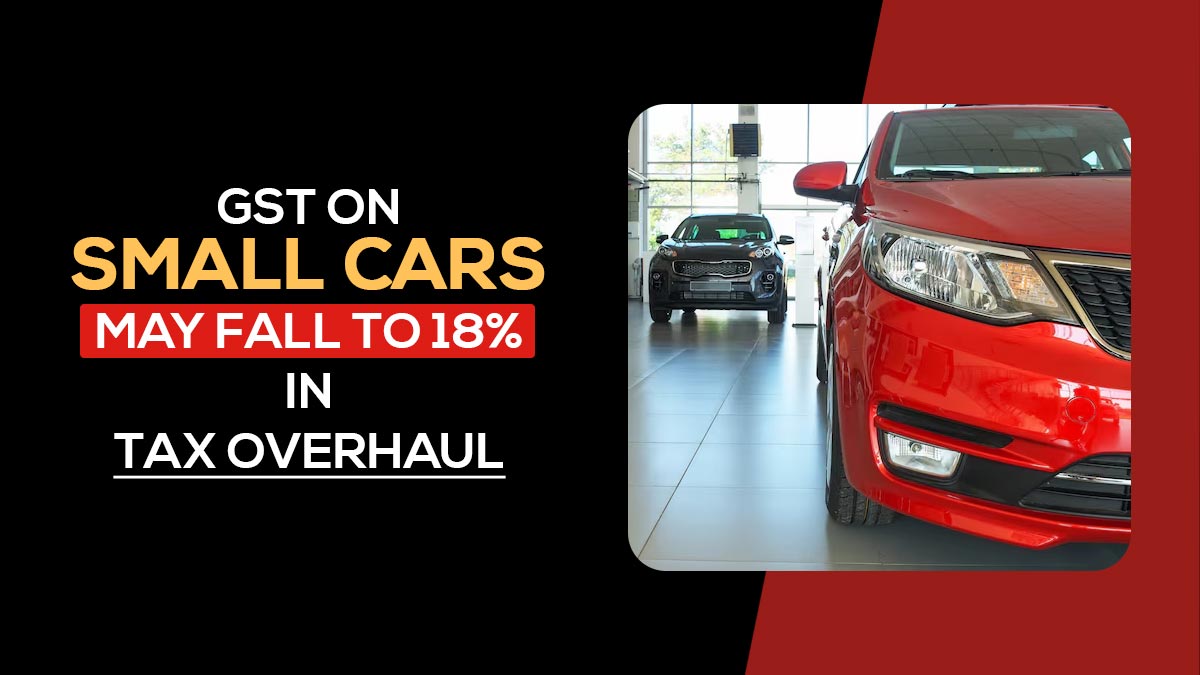
The amended GST structure may overhaul the categorisation of passenger vehicles and the tax slabs under which they fall, thereby reducing the burden on entry-level cars.
The move aims to address distortions that have developed in the auto tax structure over the years. At present, most items are taxed at 28%, but the proposal is to bring them into the 18% bracket. The greatest relief is expected for small cars, according to sources.
Recommended: Centre: New GST Regime to Prioritise Poor, Middle Class, Farmers and MSMEs
Currently, small passenger vehicles measuring up to 4 meters in length and equipped with engines up to 1,200 cc using petrol, CNG, or LPG are subject to a combined tax rate of 29%. This includes 28% Goods and Services Tax (GST) along with a 1% cess.
In contrast, diesel vehicles of the same size incur a slightly higher tax rate of 31%. Additionally, larger cars and SUVs face some of the highest tax rates globally, with effective rates ranging from 43% to 50%.
With the proposed regime, hatchbacks and compact sedans are anticipated to shift to the 18% GST slab, slashing taxes by about 11 percentage points. It may increase demand in the segment, which has been losing ground to SUVs in recent years.
Large cars and SUVs are expected to be taxed at a special rate of 40%, down from the current 43–50% range (including cess), under the proposed GST amendment. The 5% GST rate on electric vehicles will remain unchanged.
Read Also: GST Rates Applicable to Cars and Their Accessories
Restructured slabs may assist in restoring balance in the market, where preference is for bigger vehicles, as per industry executives.
The government, by resetting the tax structure, is objecting to rationalisation and encouraging entry-level buyers,” a person familiar with the case mentioned.
Source: Business Today




